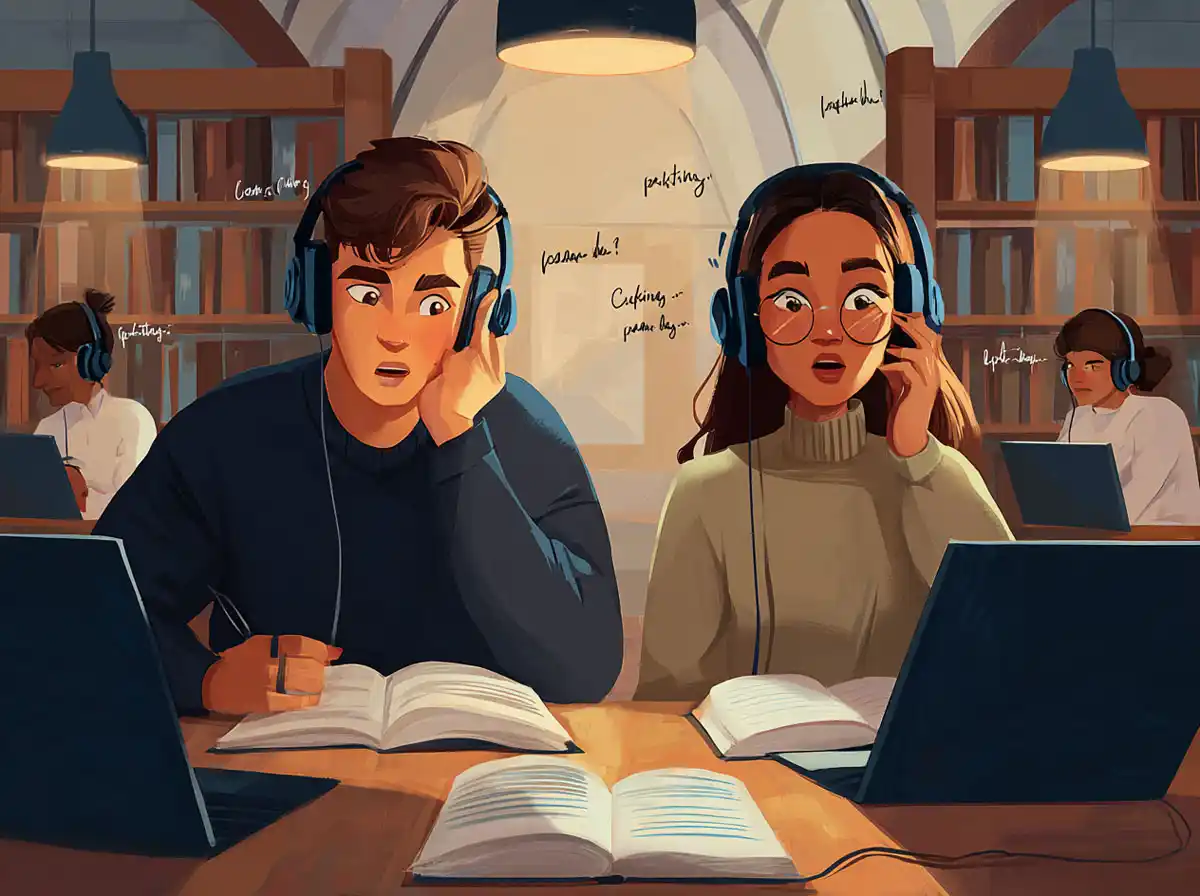Types of Superlative Adjectives in Galician
Superlative adjectives in Galician can be classified into two categories: relative superlatives and absolute superlatives.
Relative Superlatives
Relative superlatives are used to compare one entity with others in a group. They are formed by adding the definite article (o, a, os, as) before the comparative adjective. The comparative adjective is created by placing the word mais (more) before a positive adjective. Here are some examples of relative superlatives in Galician:
1. O coche máis rápido – The fastest car
2. A casa máis grande – The biggest house
3. Os estudantes máis intelixentes – The most intelligent students
Absolute Superlatives
Absolute superlatives express the highest degree of a quality without making a comparison with other entities. They are formed by adding the suffix -ísimo, -ísima, -ísimos, or -ísimas to the positive adjective according to the gender and number of the noun. Here are some examples:
1. Alto (tall) – altísimo (very tall)
2. Bonita (beautiful) – bonitísima (very beautiful)
3. Pequenos (small) – pequenísimos (very small)
Irregular Superlative Adjectives
The Galician language has a few irregular superlative adjectives, which have their own particular forms instead of following the regular rules. Some of the most common irregular superlatives include:
1. Bó (good) – óptimo (best)
2. Malo (bad) – pésimo (worst)
3. Grande (big/large) – maximo (biggest)
Note that these irregular forms are usually used in absolute superlatives, but they can also be used as relative superlatives, accompanied by the definite article.
Usage Examples in Context
To better understand how to use superlative adjectives in Galician, here are some sentences illustrating their real-life application:
1. Esta é a canción máis emocionante que escoitei. – This is the most moving song I have listened to.
2. A súa irmá é a actriz máis talentosa da televisión galega. – Her sister is the most talented actress on Galician television.
3. Estas montañas son as máis altas de toda Galicia. – These mountains are the highest in all of Galicia.
In conclusion, mastery of superlative adjectives in Galician grammar will allow you to express the highest degree of a given quality and effectively compare different entities. By understanding the rules for forming both relative and absolute superlatives, as well as recognizing irregular superlative forms, you will be able to communicate more effectively and enrich your understanding of the Galician language.










